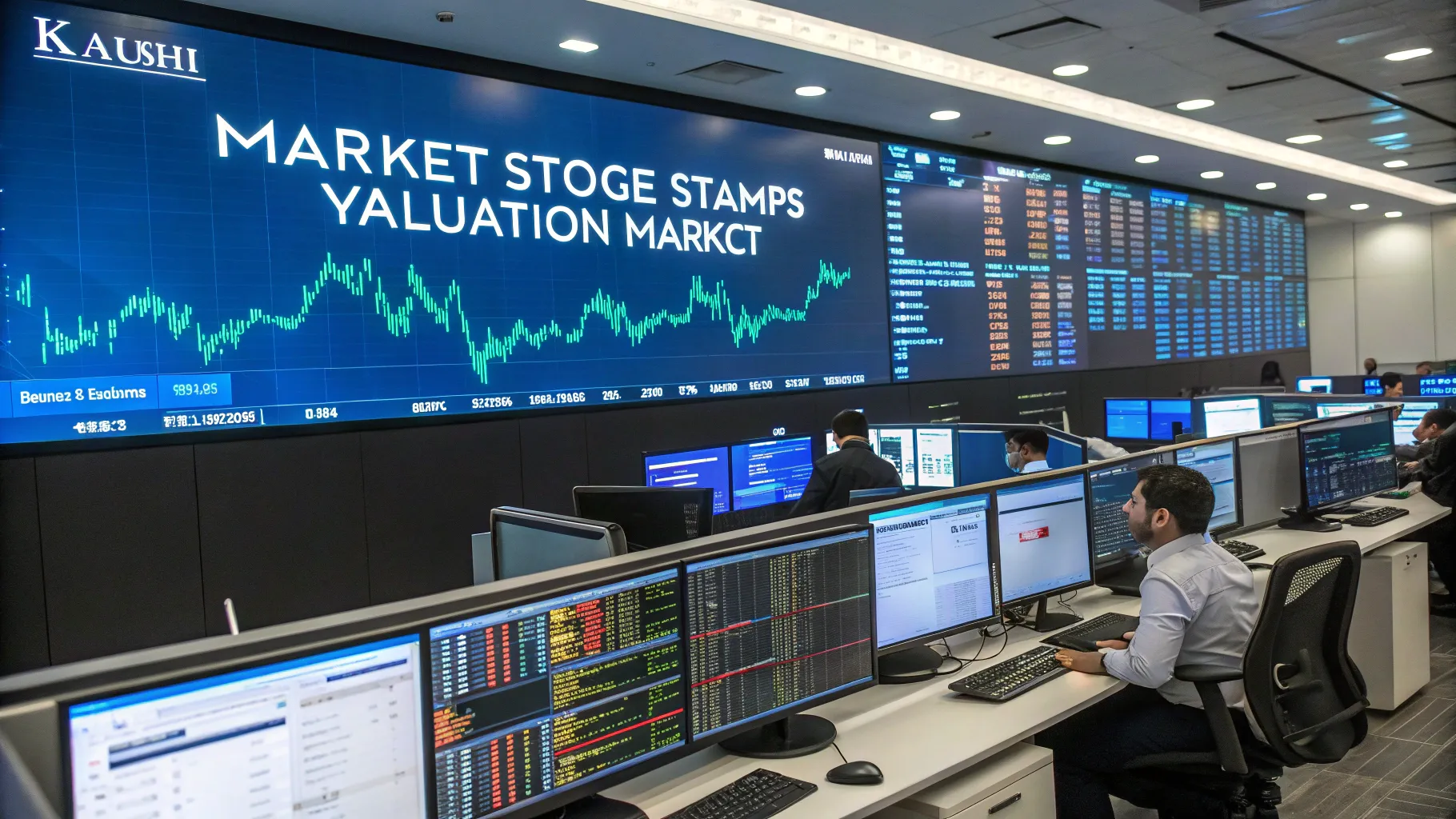Valuations for two major prediction market platforms soared over the summer, signaling a sharp rise in investor appetite for event-based trading.
Kalshi’s valuation jumped from $2 billion in June to $5 billion in August, while rival Polymarket’s valuation reportedly increased eightfold in a short span. The gains arrived amid heavy interest in online markets that let users trade on outcomes in politics, sports, and economics.
The timing is key. A high-stakes election season, crypto market recovery, and a broader search for new retail trading products have pushed the sector into the spotlight. Yet the surge also invites fresh questions about regulation, sustainability, and whether current volumes can hold up after this year’s headline events pass.
What Is Fueling the Boom
Prediction markets let participants buy and sell contracts tied to real-world outcomes. Supporters see them as fast indicators of public odds and a source of price discovery. Investors are betting that mainstream interest will extend to new types of event contracts.
“Kalshi’s valuation jumped from $2 billion in June to $5 billion in August, while rival Polymarket’s valuation increased eightfold in a couple of months, amid surging interest in online prediction markets.”
That single line captures the pace of change. Rapid repricing suggests
money is moving toward platforms that can scale quickly, secure market share, and handle compliance.
- Retail and crypto traders are seeking new instruments.
- Media attention around elections is driving traffic.
- Data-minded users want real-time odds and pricing.
Different Models, Shared Momentum
Kalshi operates a regulated event-contract exchange model, which targets users who want legal clarity and traditional on-ramps. Polymarket runs on blockchain rails and has found growth among crypto users outside the United States. Both benefited from rising volumes as high-profile events drew traders.
Investors see distinct strengths. Kalshi’s path emphasizes compliance and institutional access. Polymarket’s speed and crypto-native design appeal to users who prioritize liquidity and rapid settlement. The gap between those models may narrow as each
expands features and user education.
Regulatory Questions Remain
The sector faces open questions on where regulators
draw lines for event contracts, especially in politics. Oversight varies by jurisdiction and contract type. Exchanges that list sensitive markets can face scrutiny, delays, or forced changes to listings.
Legal clarity matters for growth. Clear rules could help
platforms attract larger partners and risk-averse users. Uncertainty could curb expansion, raise costs, and limit product sets. Several legal fights and consultations are ongoing, and outcomes could shape the market for years.
Signals From Users and Data
User metrics are guiding investor views. Spikes in sign-ups, trading volume, and active markets tend to cluster around big events. The question is how much of that activity is seasonal. If volumes fall after major milestones, revenue could swing widely.
Retention and breadth of markets will be key. Platforms that convert news-driven visitors into daily users may hold valuation gains longer. Tools that offer useful hedges for businesses, like contracts tied to economic releases, could also support steady demand.
Risks and Sustainability
Valuations that rise this quickly can reset just as fast. Revenue models are sensitive to event cycles, liquidity depth, and fee structures. Platforms must also manage market integrity, guard against manipulation, and handle content moderation for sensitive topics.
There are operational risks, too. Crypto-based venues must manage on-chain
risks and token market swings. Regulated exchanges must keep compliance costs in check while adding new markets carefully. Both paths require investment in security, surveillance, and user support.
What to Watch Next
The next quarter will test whether trading interest
holds after major political events. Product launches, new listings, and any regulatory guidance will likely drive the next leg of sentiment. Partnerships with data providers or media outlets could help reach new users.
For now, the market’s direction is clear. Money is flowing to platforms that can handle scale and scrutiny. The open question is how stable this growth will be once the news cycle cools and rules tighten.
The latest valuation jumps point to real momentum. They also highlight the work ahead. Clear rules, durable demand, and
careful product design will decide which platforms keep their lead.






